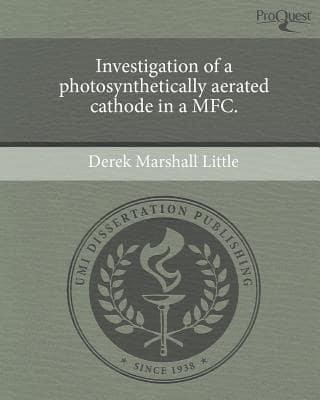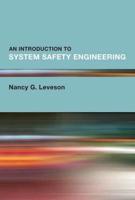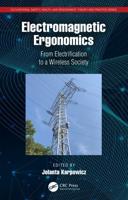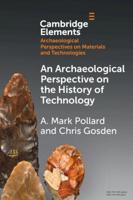Publisher's Synopsis
A microbial fuel cell (MFC) creates an environment that facilitates the conversion of electron donor compounds into electrical current through the oxidizing powers of microbial growth. Within the anode of a MFC bacteria grow oxidizing organic compounds while in the cathode oxygen is reduced. The goal of a MFC is to achieve respiration under anaerobic conditions having electrodes serve as intermediate electron acceptor for bacteria in the anode and shuttle electrons through a circuit to the cathode reducing a terminal electron acceptor. Waste from the biological production of hydrogen from agricultural peach was explored for use within the anode of a MFC Bacteria for use within the anode chamber were cultured from anaerobic sludge. Photosynthetic aeration by wild type algae cultured in the cathode was compared to active mechanical aeration. Peak power density achieved by mechanically aerated trials was 78.3mW/m 3 (0.482 volts at 989 ohms at an initial mean soluble COD of 747.3 mg COD/L) and the peak power density achieved by photosynthetically aerated trials was 108.0 mW/m3 (0.129 volts at 220 ohms at an initial mean soluble COD of 925.8 mg/L COD). Soluble COD was decreased in all trials and soluble COD removal was above 80% in 19 out of 24 trials (8 mechanically aerated and 11 photosynthetically aerated). At an initial soluble COD of 218.9 mg/L a photosynthetically aerated cathode MFC obtained 123 mW/m3 (0.234 volts at 150 ohms).












